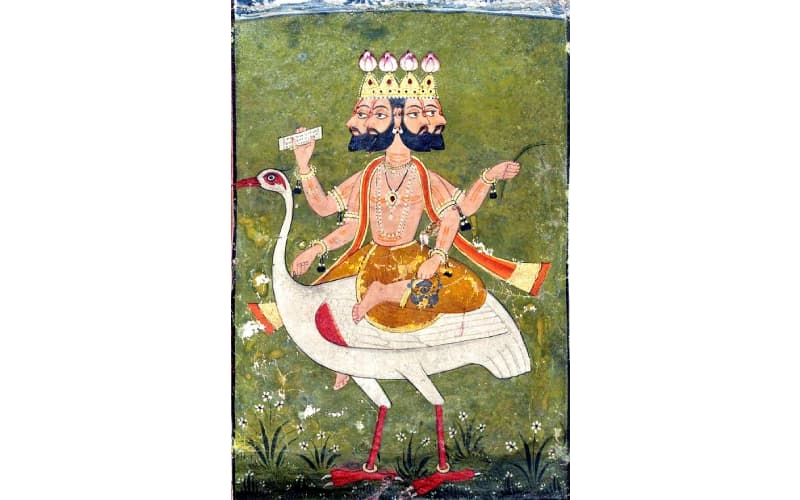
Animals were revered for several reasons. The elephant, a keystone species, was recognized as the remover of obstacles, his role in the Indian jungle. The langur was a fellow primate. The tiger was the most feared. The fish was an ecological indicator. The boar was an indicator of rain and ploughed the soil, helping the farmer. The cow was essential for milk. The bull was a draught animal. The blackbuck was essential for the survival of the khejri plant which was the mainstay of the desert. And many others, all of whom had an important ecological or social role.
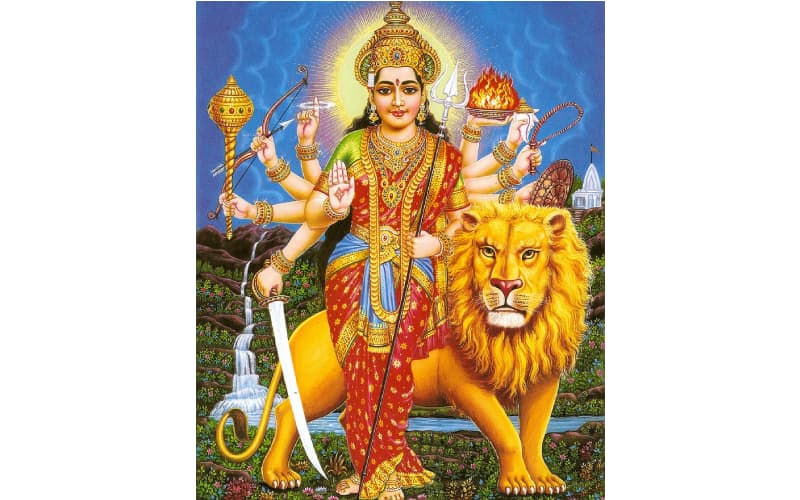
The elephant headed Ganesha, the simian Hanuman, the animal incarnations of Vishnu, Vaghdeo the tiger, and the blackbuck were divine. The qualities of the animals were assumed by the associated deities, and an elaborate mythology was built around each.
Some became vahanas or vehicles of the gods, and could be equals, inferiors or companions. The bull and the eagle were originally equal companions of Shiva and Vishnu respectively, but were relegated to minor roles later.
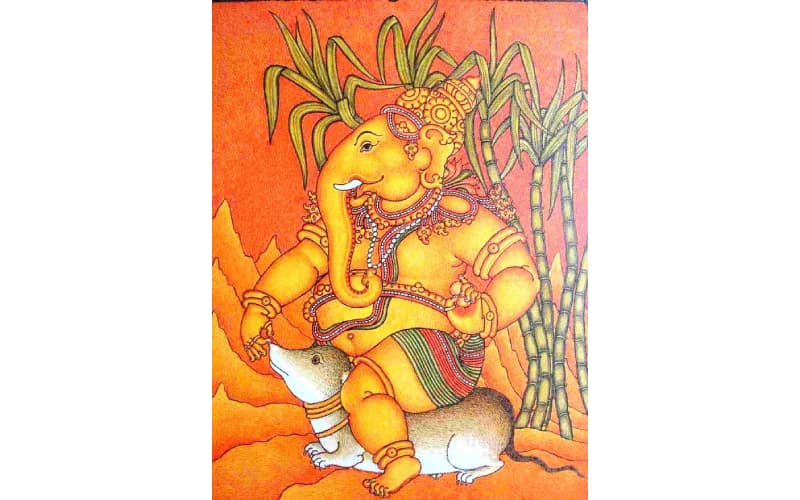
Many where totemic figures who acquired lower positions as they were obsorbed into the Hindu pantheon. The totemic tradition was widespread in ancient India: many Sanskrit gotra (lineage) names and names of sages are of animal origin, such as Bharadwaja (owl), Garga (crocodile), Rishyshringa (born of doe), Jambuka (jackal), and Gautama (rabbit), or of plant origin, like Kaushika (kusha grass), or even water, such as Agastya. Many clan names have animal origins, such as Maurya, More (peacock), and Ghorpade (monitor lizard). The different faiths and belief systems were syncretized into Hinduism.
Some animals were friends and companions. The dog was a wanderer and hanger-on who attached himself to people, characteristics that were replicated in the companion of Bhairava. Some were local chieftains like Sugriva the monkey king who built the bridge to Lanka and provided the army for Rama. Jatayu the vulture gave up his life trying to save Sita.
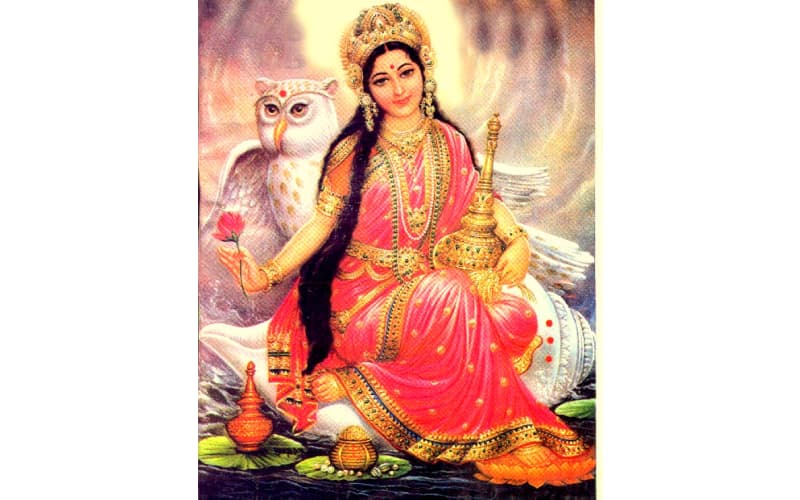
The sanctity of an animal may be derived from its economic value. Cattle are respected by pastoral societies that rely on the animal for their sustenance. The pastoral Vedic Aryans considered cattle as a major source of wealth and therefore sacred.
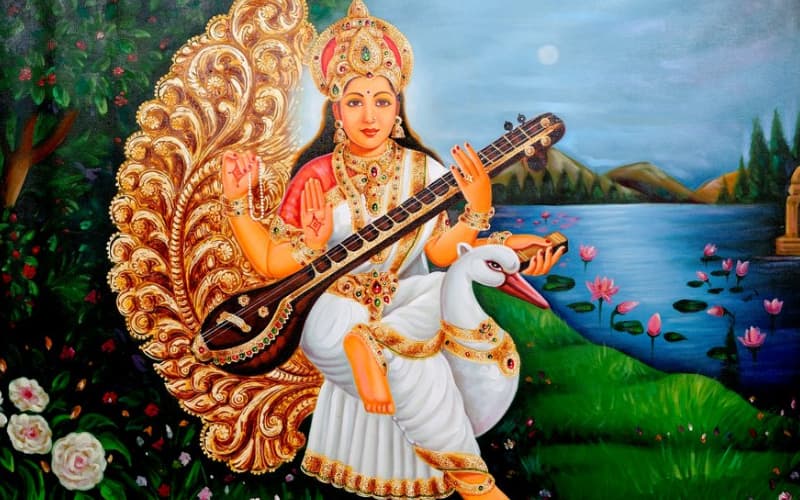
Some animals were a part of social history and ended up as demons. Mahisha the buffalo was the ruler of ancient Mysore (Mahisha-ur) who was defeated in battle by Durga. The buffalo was worshipped by the indigenous pastoral tribes of India. The war between the buffalo demon and the goddess replicates the conflict between buffalo-revering tribes and food-producers who worshipped the Mother Goddess. When the latter won the war, the former became a demon. But Mahisha lives on as the buffalo god of the Todas, Maria Gonds, and as the deity Mhasoba in Maharashtra.
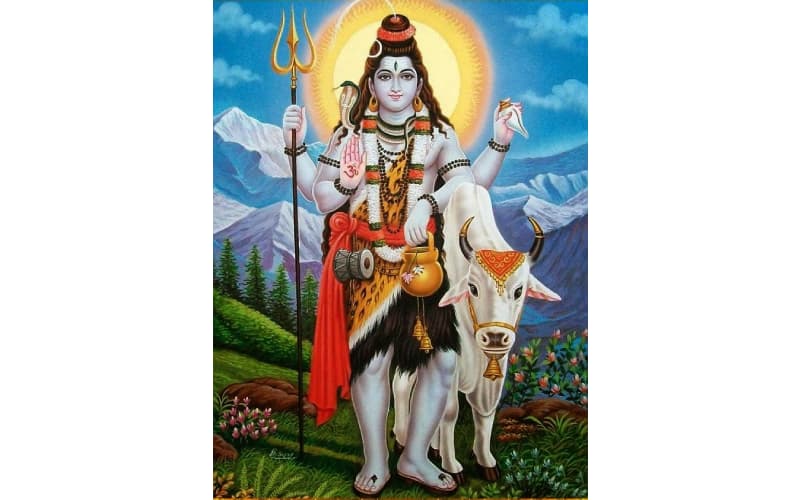
Finally, animals like the lion, the mount of Durga, who was earlier the mount of the Babylonian Ishtar and the Greek Artemis, probably entered India with migrations or travelers. The interrelationships of terms like ‘wild’ and ‘tame’ are complex, since the two live in a continuum. Thus, the elephant, a wild animal, is tamed and, in a form of cruel irony, Ganesha's attributes are the goad and noose that are used to control and train the elephant. The buffalo, a tame herbivore, becomes the demon Mahisha when confronted by the Mother Goddess.
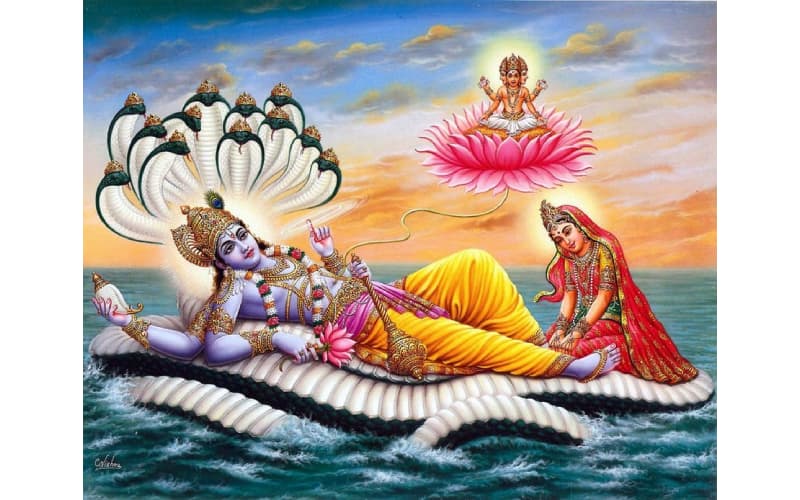
There are three paths (marga) to liberation: the highest is gnana our knowledge of the illusory nature of life (maya); the next is karma or action, the third is bhakti or total devotion, even surrender, to one’s personal god. A human being has a superior birth for the sole reason that he can consciously choose a path. But there are animals that rise above the limitations of their body and live a life complying with one of the three marga. They need no longer be subject to the cycle of life and death and can attain liberation by passing a human birth.
Contents extracted from 'Sacred Animals of India' by Nanditha Krishna.
(...to be continued)
NEXT ARTICLE